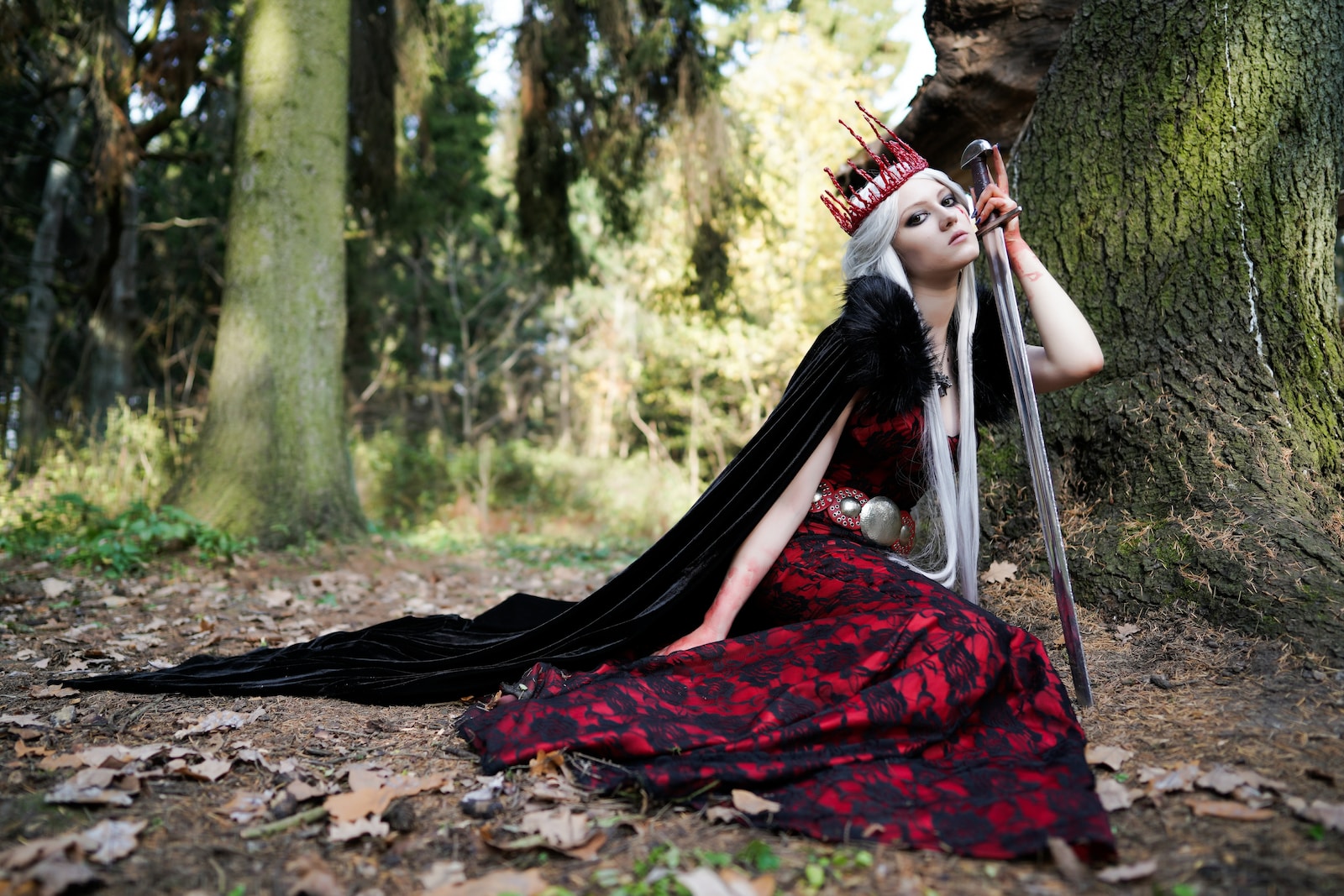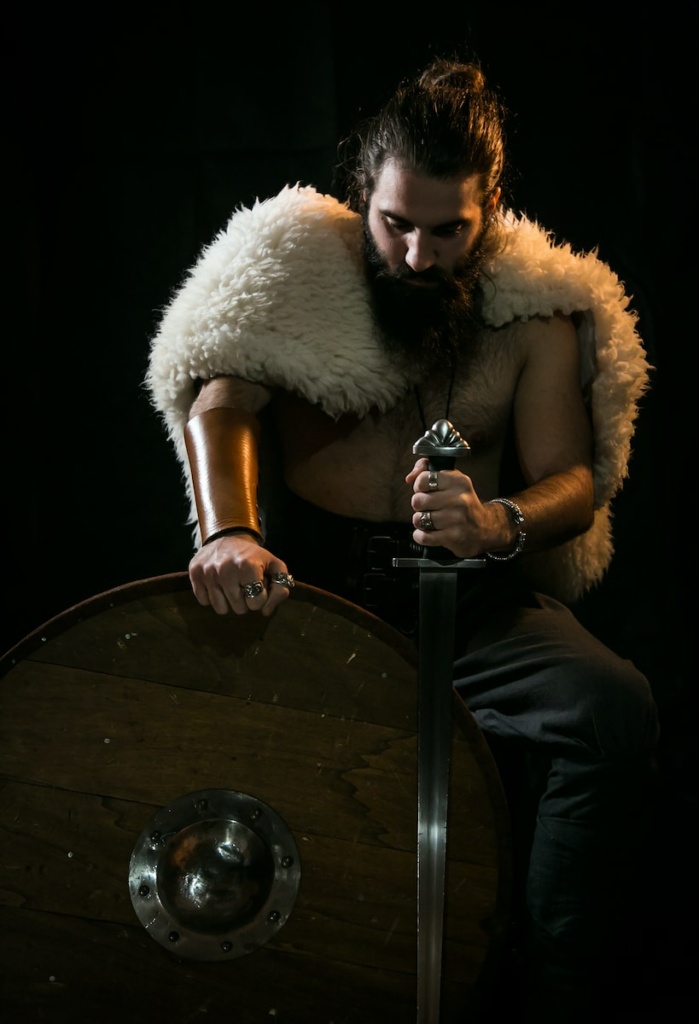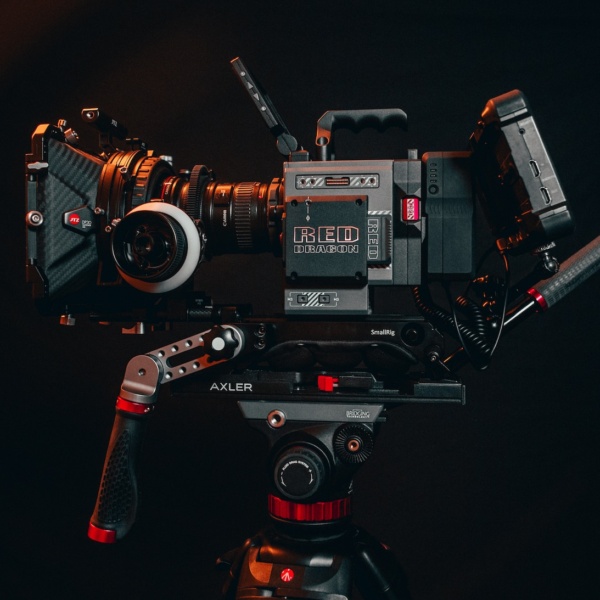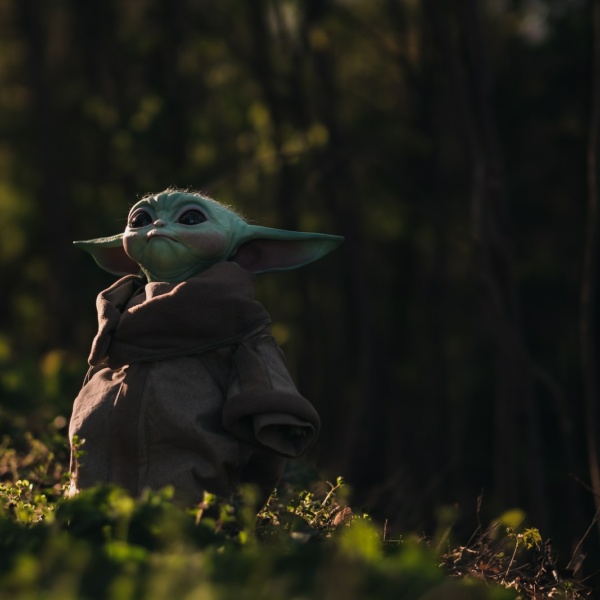
Hello, fellow movie enthusiasts! I’m Emma, your trusty guide in the world of cinema, and today, we’re diving into the delightful and often underestimated realm of costume design in film. From iconic superhero capes to the elegant attire of period dramas, costumes play a pivotal role in shaping a film’s narrative and enhancing our cinematic experience. So, grab your popcorn, settle in, and let’s explore why costume design is more than just fancy dress-up for actors.
The Art of Character Building
Imagine a film where all the characters wear identical, bland outfits. Not very engaging, right? Costume designers are the unsung heroes who breathe life into characters through clothing choices. These choices are far from arbitrary; they are carefully crafted to reflect each character’s personality, background, and journey.
Take, for example, Quentin Tarantino’s “Pulp Fiction.” Uma Thurman’s character, Mia Wallace, wouldn’t be the same without her iconic white shirt, black pants, and sleek bob haircut. These costume choices convey her sophistication, allure, and underlying mystery, setting her apart from other characters and adding depth to her role.
Similarly, in the “Harry Potter” series, the distinctive robes and uniforms worn by students at Hogwarts School of Witchcraft and Wizardry instantly transport us to a magical world, helping us connect with the characters and their unique experiences.
Costumes serve as visual shorthand, allowing us to understand a character’s profession, social status, or even their emotional state without a single line of dialogue. They are the first impression we have of a character and can make a lasting impact. Costume designers meticulously research, sketch, and select fabrics to ensure that every detail reflects the character’s essence.
Establishing Time and Place

Costume design isn’t just about dressing characters; it’s about setting the stage, quite literally. In historical films and period pieces, the costumes transport us to another era, immersing us in a bygone world.
Consider the sumptuous costumes in “The Great Gatsby,” directed by Baz Luhrmann. The lavish flapper dresses and dapper suits of the 1920s not only define the characters but also evoke the Jazz Age’s glamour and excess. They take us back to the roaring twenties, making us feel like guests at one of Gatsby’s extravagant parties.
In contrast, Christopher Nolan’s “Dunkirk” relies on the raw, worn-out uniforms of World War II soldiers to create an atmosphere of tension, chaos, and despair. These costumes transport us to the harrowing beaches of Dunkirk and immerse us in the grim reality faced by the characters.
Enhancing Visual Storytelling
Films are a visual medium, and costume design is a crucial aspect of visual storytelling. It helps convey important narrative cues and can even foreshadow events.
Remember the subtle transformation of Walter White’s wardrobe in “Breaking Bad”? As his character descends into the drug trade, his costume gradually shifts from the unassuming chemistry teacher in beige slacks and glasses to the menacing drug lord in a black hat and shades. This evolution in costume mirrors his descent into darkness, signaling his moral decline to the audience.
Costume designers often collaborate closely with directors and cinematographers to ensure that costumes complement the film’s overall visual style. The color palette, texture, and design of costumes can influence the mood and tone of a scene. For example, Tim Burton’s “Edward Scissorhands” relies on stark contrasts between Edward’s dark, leather-clad ensemble and the colorful, cookie-cutter world around him to emphasize his outsider status.
Creating Iconic Moments
Some films are remembered not only for their gripping stories but also for their unforgettable costumes. These iconic outfits become cultural touchstones and are celebrated long after the credits roll.
Think about the ruby slippers in “The Wizard of Oz.” Dorothy’s simple gingham dress and those sparkling shoes became synonymous with her journey to the Emerald City. They represent not only her desire to return home but also the magical world she discovers along the way.
Or consider the cape-wearing superheroes of the Marvel Cinematic Universe. From Captain America’s star-spangled uniform to Iron Man’s high-tech suit, these costumes are more than just clothing—they are symbols of heroism and power, instantly recognizable to fans worldwide.
Enhancing Character Dynamics
Costumes not only define individual characters but also play a crucial role in establishing relationships and dynamics between characters. They can symbolize alliances, rivalries, and even hidden agendas.
In “The Devil Wears Prada,” Meryl Streep’s character, Miranda Priestly, is a fashion icon and a formidable editor-in-chief of a fashion magazine. Her impeccably tailored, high-fashion outfits signify her authority and dominance. In contrast, Anne Hathaway’s character, Andy, starts in frumpy attire but gradually adopts a more stylish look as she becomes assimilated into the fashion world. This visual transformation reflects the power dynamic between the two characters.
Similarly, in “The Hunger Games,” Katniss Everdeen’s Mockingjay outfit is not just a costume—it’s a symbol of rebellion and defiance against the Capitol’s tyranny. It unites the people of Panem and signifies her role as the Mockingjay, a beacon of hope.
Conclusion
In the world of cinema, costume design is an art form that often goes unnoticed but plays a vital role in shaping the storytelling experience. Costumes help build characters, transport us to different times and places, enhance visual storytelling, create iconic moments, and deepen character dynamics.
So, the next time you watch a film, pay attention to the costumes. Look beyond the surface and see how these carefully crafted outfits contribute to the story’s richness. They are more than just clothes; they are the silent storytellers who bring characters and worlds to life, making our cinematic journeys all the more memorable and magical. Happy watching!


